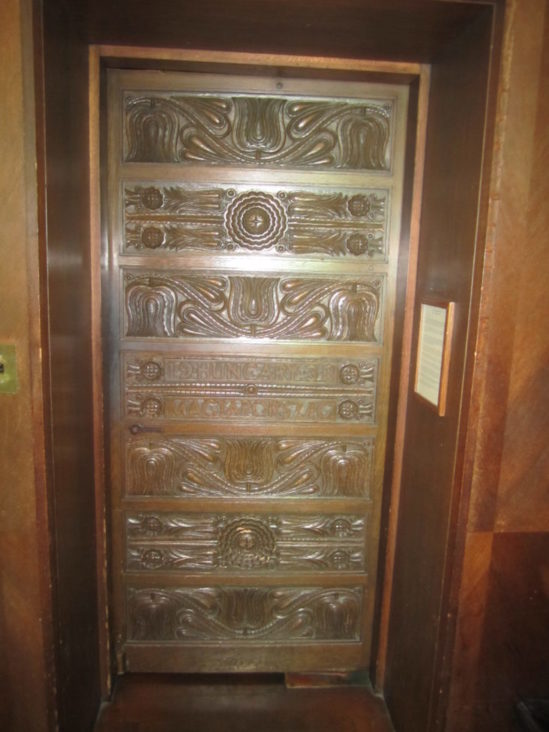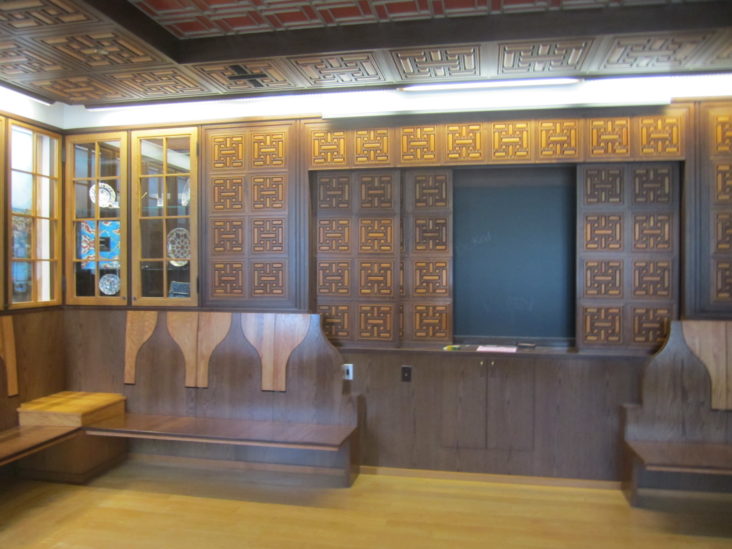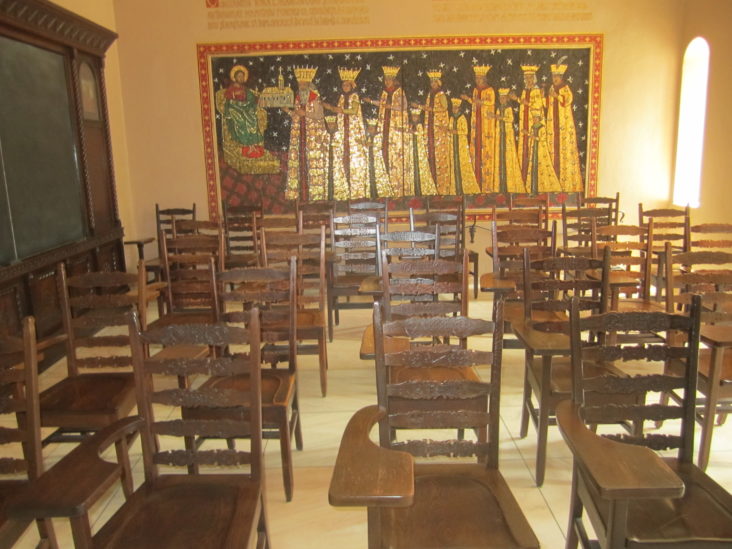Last month Non Profit Quarterly suggested that organizations undergoing executive leadership transition consider the shared leadership model that many performing arts organizations employ. They note that it can be valuable to have one person focus on artistic or programmatic issues freeing the executive director up to focus on developing organizational capacity and funding.
This week, Createquity tweeted about a study dealing with the same dynamic from the perspective of the employees on the organizational chart just below the executive leadership. These people can be torn between the conflicting demands of programming and economics represented by the two leaders and be unclear where their duty and loyalty should reside.
People in the performing arts can already attest to feeling squeezed by situations like this. What was interesting to me though was that the authors of the study suggested the ambiguity of the situation can provide those in the tier below the executives with the ability to essentially “manage up” and serve as arbiter between the two leaders.
The paper referenced in the article was based on research conducted in the Dutch movie industry and focuses on the role of the 1st Assistant Director (1st AD) who is responsible to both the Director and Producer. They note that while the director is more powerful in Italy and the producer more powerful in Hollywood and more balanced in the Netherlands, the organizational chart is essentially the same in all countries. (my emphasis)
However, role conflict and role ambiguity also provide 1st ADs with opportunities to define their role expansively. By doing so, 1st ADs can increase their ability to act as a buffer between the dual leaders. Moreover, the more the director and producer employ a narrow definition of their respective roles, the more space they leave for the 1st AD, and the more likely it is that positive effects ensue from the 1st AD facilitating collaboration between the dual leaders, and bridging the artistic and commercial sides of the organization.
Our study has a number of practical implications, the first of which is to suggest that organizations could profit from designing structures in such a way that it leaves space for lower-level organizational members, who can mediate between dual or multiple leaders by expanding their role, while taking into account how leaders can directly and indirectly facilitate such behavior. Second, because employees, also in non-project-based organizations, tend to have increasingly less stable, defined and demarcated roles, they have to be able to, or learn how to, proactively define their own roles. Finally, managers need to learn how to accommodate the positive aspects of role expansion while at the same time mitigating its potentially negative effects on organizational stability, especially as a result of discontent by those organizational members whose roles are being invaded.
Given that so many arts organizations are already operating under this structure, this seemed like valuable advice for both employees to identify how they can expand their role within their organizations and for the leaders to create an environment that allows employees to carve out a little more space for themselves.




